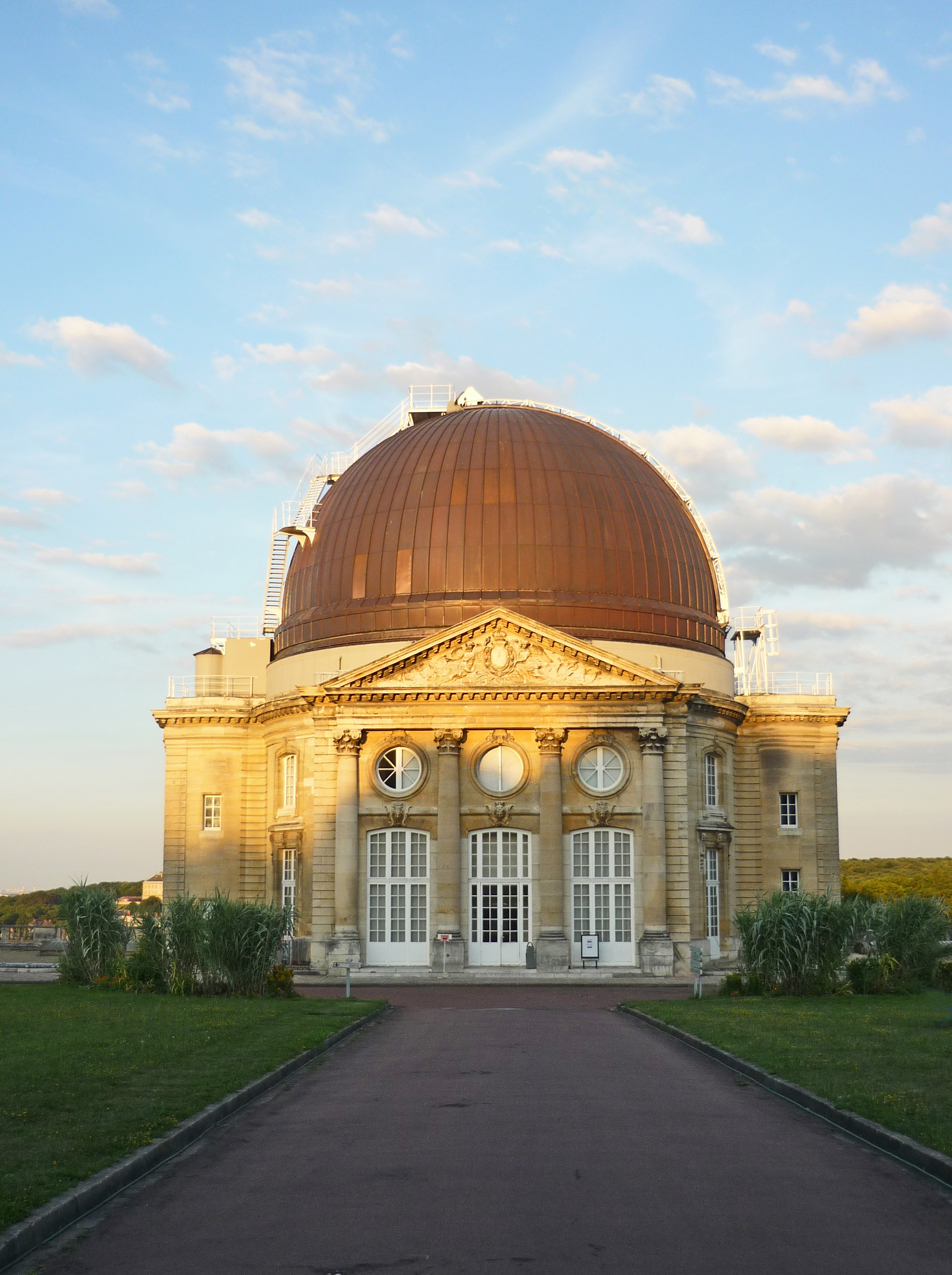List of largest optical refracting telescopes on:
[Wikipedia]
[Google]
[Amazon]

List of largest refracting telescopes circa 1914
{{DEFAULTSORT:List Of Largest Optical Refracting Telescopes Refracting telescopes

Refracting telescope
A refracting telescope (also called a refractor) is a type of optical telescope that uses a lens (optics), lens as its objective (optics), objective to form an image (also referred to a dioptrics, dioptric telescope). The refracting telescope d ...
s use a lens
A lens is a transmissive optical device that focuses or disperses a light beam by means of refraction. A simple lens consists of a single piece of transparent material, while a compound lens consists of several simple lenses (''elements'') ...
to focus light. The Swedish 1-m Solar Telescope, with a lens diameter of 43 inches, is technically the largest, with 39 inches clear for the aperture.The second largest refracting telescope in the world is the Yerkes Observatory
Yerkes Observatory ( ) is an astronomical observatory located in Williams Bay, Wisconsin, United States. The observatory was operated by the University of Chicago Department of Astronomy and Astrophysics from its founding in 1897 until 2018. O ...
40 inch (102 cm) refractor, used for astronomical and scientific observation for over a century. The next largest refractor telescopes are the James Lick telescope, and the Meudon Great Refractor.
Most are classical great refractors, which used achromatic doublets on an equatorial mount. However, other large refractors include a 21st-century solar telescope which is not directly comparable because it uses a single element non-achromatic lens, and the short-lived Great Paris Exhibition Telescope of 1900. It used a 78-inch (200 cm) Focault siderostat for aiming light into the Image-forming optical system part of the telescope, which had a 125 cm diameter lens. Using a siderostat incurs a reflective loss. Larger meniscus lenses have been used in later catadioptric telescopes which mix refractors and reflectors in the image-forming part of the telescope. As with reflecting telescopes, there was an ongoing struggle to balance cost with size, quality, and usefulness.
List
This list includes some additional examples, such as the Great Paris telescope, which also used a mirror, and some solar telescopes which may have more complicated optical configurations. The SST has an optical aperture of 98 cm (39.37"), although the lens itself is 110 cm (43.31"). It is a single element lens whereas most of this list are doublets, with a crown and flint lens elements.See also
*Lists of telescopes
This is a list of lists of telescopes.
*List of astronomical interferometers at visible and infrared wavelengths
*List of astronomical observatories
*List of highest astronomical observatories
*List of large optical telescopes
*List of largest i ...
* List of largest optical reflecting telescopes
This list of the largest optical reflecting telescopes with Objective (optics), objective diameters of or greater is sorted by aperture, which is a measure of the light-gathering power and resolution of a reflecting telescope. The mirrors themse ...
* List of largest optical telescopes in the 20th century
* List of largest optical telescopes in the 19th century
* List of largest optical telescopes in the 18th century
List of largest optical telescopes in the 18th century includes various refractors and reflectors that were active some time between about 1699 to 1801. It is oriented towards astronomy, not terrestrial telescopes (e.g., spyglasses).
Many of the ...
References
Further reading
*List of largest refracting telescopes circa 1914
{{DEFAULTSORT:List Of Largest Optical Refracting Telescopes Refracting telescopes
Telescopes
A telescope is a device used to observe distant objects by their emission, Absorption (electromagnetic radiation), absorption, or Reflection (physics), reflection of electromagnetic radiation. Originally, it was an optical instrument using len ...